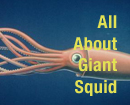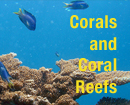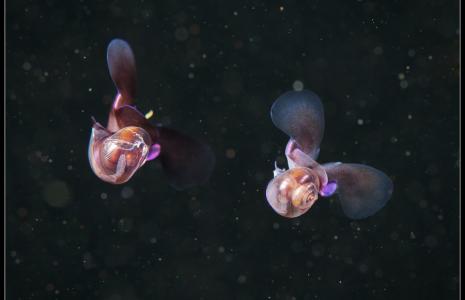Ari Friedlaender - Feb 7, 2013
Clyde Roper - Jan 22, 2013
Mark J. Spalding - Jan 15, 2013
Ari Friedlaender - Jan 8, 2013
For Eductors
Throughout the site, check out
‘For Educators’ on the left side of the page. There you will find lesson plans, activities, and resources related to the page topic.
Browse all Educator materials by clicking here:
Ocean Science Basics
This pair of sea butterflies (Limacina helicina) flutter not far from the ocean's surface in the Arctic. Sea butterflies are a type of sea snail, but instead of dragging themselves around the seafloor with a muscular foot, they flap their adapted feet like butterfly wings! They are very small—rarely exceeding 1 centimeter long—but very abundant in some areas of the Arctic Ocean, where they feed on phytoplankton and some small zooplankton species. Their thin shells are made of aragonite, an unstable form of calcium carbonate, which makes them susceptible to ocean acidification.
Learn more about ...
TAGS: Arctic, Mollusks, Polar regions

















